Hyowon’s Bell (효원의 종·서장대)
3.8Km 2025-05-22
Namchang-dong, Paldal-gu, Suwon-si, Gyeonggi-do
Hyowon’s Bell is located at the summit of Paldalsan Mountain. The bell was created to honor the filial devotion of King Jeongjo towards his father, Crown Prince Sado. The bell has various symbols representing the city of Suwon and its cultural assets. The bell is always rung three times- the first ring is in gratitude for the love of one’s parents, the second to hope for happiness in one’s family, and the third as a prayer for self-improvement.
Olive Young - Hwaseong Byeongjeom Branch [Tax Refund Shop] (올리브영 화성병점)
3.9Km 2024-04-18
1059, Hyohaeng-ro, Hwaseong-si, Gyeonggi-do
-
Jeongjo Theme Performance Hall (정조테마공연장)
3.9Km 2024-07-24
817 Jeongjo-ro, Paldal-gu, Suwon-si, Gyeonggi-do
Jeongjo Theme Performance Hall is located in a hanok-style building just next to the Temporary Palace of Hwaseong Fortress in Suwon. The hall serves as venue to a range of performances, both traditional and modern, and is a great addition to family visits to the area.
Jongi Kkotbat: Duhalmangbonpuli (종이꽃밭 : 두할망본풀이 - 수원)
3.9Km 2024-07-24
817 Jeongjo-ro, Paldal-gu, Suwon-si, Gyeonggi-do
+82-31-290-3578
Jongi Kkotbat is a pansori performance held at Jeongjo Theme Performance Hall in Suwon.
Suwon Hwaseong Museum Themed Exhibition Banghwasuryujeong Pavilion (수원화성박물관 테마전 방화수류정)
3.9Km 2025-07-14
21 Changnyong-daero, Paldal-gu, Suwon-si, Gyeonggi-do
+82-31-228-4209
Banghwasuryujeong Pavilion stands looking over the Hwahongmun Gate and Yongyeon Pond and is a place where the aspirations of King Jeongjo live on. Suwon Hwaseong Fortress has a total of four pavilions, and Banghwasuryujeong Pavilion is located on the northwestern side of the fortress. The fortresses were built to act as a watchtower for keeping an eye on outside invasion, with Banghwasuryujeong Pavilion being located at the most strategic point. Although it was built as a military watchtower, it was designed to also act as a pavilion, and Banghwasuryujeong Pavilion was recognized as a National Treasure in 2011 for outstanding techniques and aesthetics that represent the Joseon dynasty in the 18th century.
Hwaseong Fortress Temporary Palace Special Evening Admission (화성행궁 야간개장 <달빛화담,花談> 시즌2 : 연향(宴享))
4.0Km 2024-05-22
825 Jeongjo-ro, Paldal-gu, Suwon-si, Gyeonggi-do
+82-31-290-3612
The Temporary Palace at Hwaseong Fortress, more beautiful by night, is offering special evening admission during the summer months. Visitors at night can enjoy the nation's largest, most well preserved temporary palace in the moonlight, bringing the atmosphere of the palace's past alive.
Lotte Himart - Byeongjeom Branch [Tax Refund Shop] (롯데하이마트 병점점)
4.0Km 2024-04-22
991, Hyohaeng-ro, Hwaseong-si, Gyeonggi-do
-
Suwon Hwaseong Museum (수원화성박물관)
4.0Km 2021-12-21
21, Changnyong-daero, Paldal-gu, Suwon-si, Gyeonggi-do
+82-31-228-4242
Suwon Hwaseong Museum presents the history and culture of Suwon Hwaseong Fortress, an important Korean cultural asset and UNESCO World Cultural Heritage Site. Visitors to the museum can learn about the formation of the fortress and the city of Suwon itself through detailed, systematically designed exhititions. The museum houses an extensive collection of items that showcase the construction and development of the fortress, as well as gatherings and events that took place within the fortress.
Suwon Culture Night (수원 문화재 야행)
4.0Km 2022-07-01
825, Jeongjo-ro, Paldal-gu, Suwon-si, Gyeonggi-do
• 1330 Travel Hotline: +82-2-1330 (Korean, English, Japanese, Chinese) • For more info: +82-31-3572~5
Suwon Hwaseong Fortress and Hwaseong Temporary Palace are the venue for Suwon Culture Night. Both areas are decorated with media art of eight night experiences. Every corner of the fortress road has history and stories to offer a historical culture experience.
24 Martial Arts Trial Performance (무예24기 시범공연)
4.0Km 2021-06-07
825, Jeongjo-ro, Paldal-gu, Suwon-si, Gyeonggi-do
• 1330 Travel Hotline: +82-2-1330 (Korean, English, Japanese, Chinese) • For more info: +82-31-267-1644
24 Martials Arts (Muye 24-gi in Korean) refers to the 24 martial art techniques in the Muyedobotongji (Comprehensive Illustrated Manual of Martial Arts). The manual was compiled in 1790 by Confucian scholars Lee Deok-mu and Park Jae-ga, along with the martial arts expert Baek Dong-su, under the orders of King Jeongjo (22nd ruler of the Joseon dynasty). Regarded as a resource for understanding the nature of Korean military science, the manual is an exemplary martial arts compilation that was organized into 24 techniques by adopting the traditional martial arts of Joseon, as well as China and Japan.
The 24 Martial Arts were practiced by the soldiers of the outer military unit of Jangyongyeong, the most elite military troop during the Joseon dynasty. Soldiers stationed at the northern and southern military camps of the Hwaseong Temporary Palace practiced these techniques to effectively guard the palace. It is considered as a significant intangible heritage because of its great historical, artistic, and athletic values. With the restoration of the temporary palace, a regular event is being held to demonstrate the 24 Martial Arts.
![Olive Young - Hwaseong Byeongjeom Branch [Tax Refund Shop] (올리브영 화성병점)](http://tong.visitkorea.or.kr/cms/resource/68/2882368_image2_1.jpg)
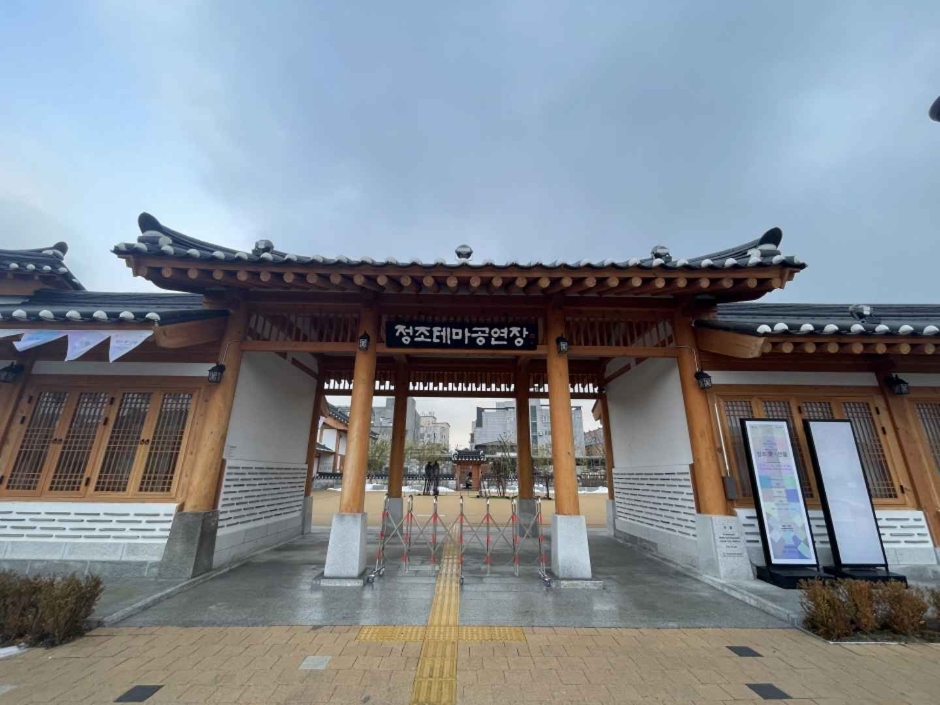
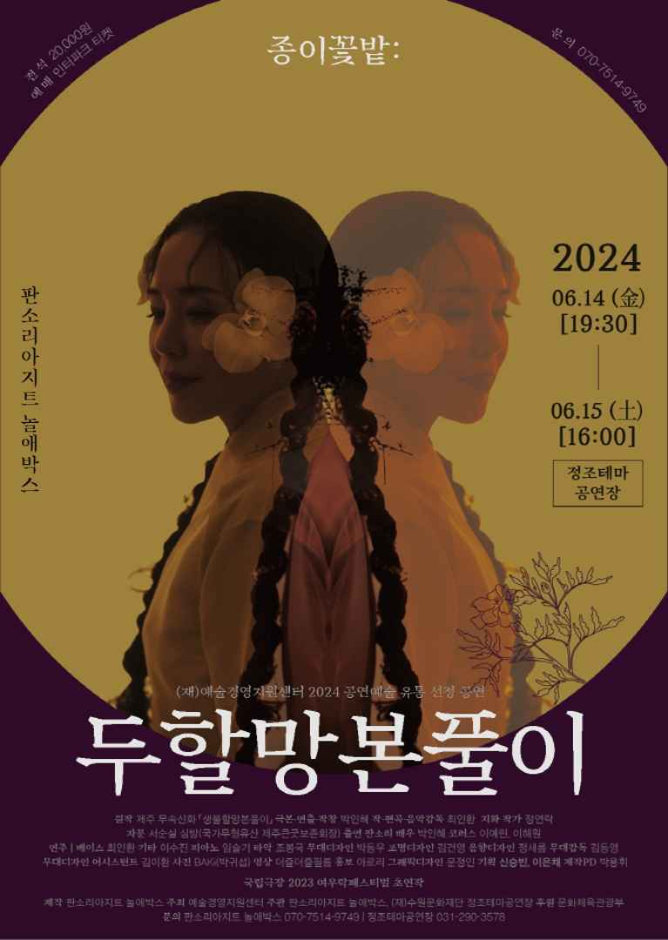
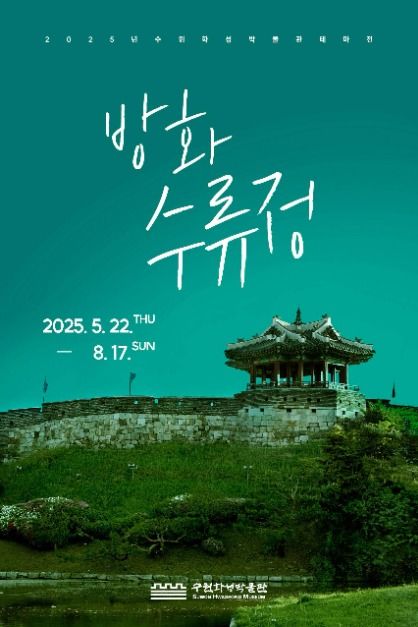
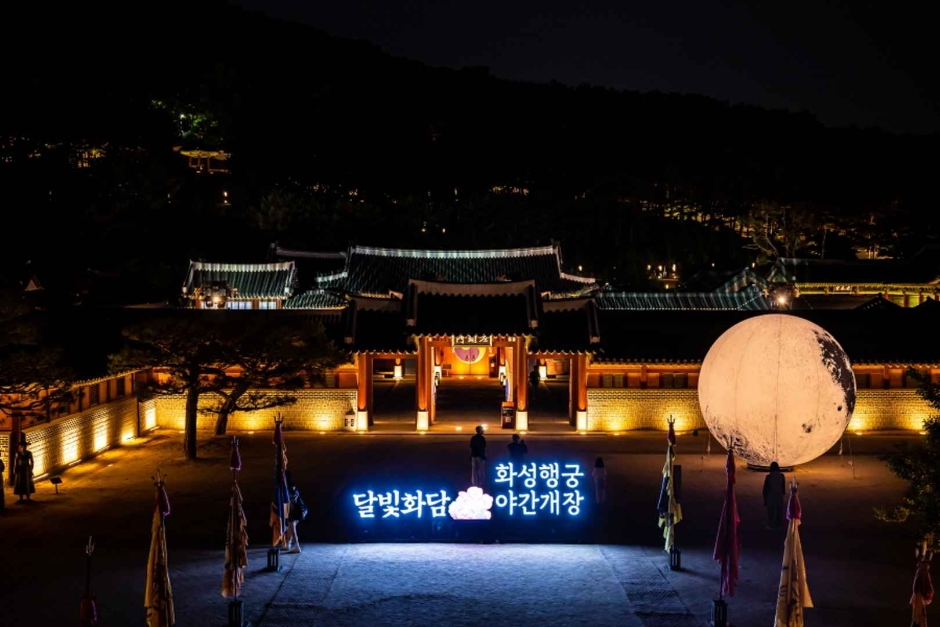
![Lotte Himart - Byeongjeom Branch [Tax Refund Shop] (롯데하이마트 병점점)](http://tong.visitkorea.or.kr/cms/resource/71/2882371_image2_1.jpg)
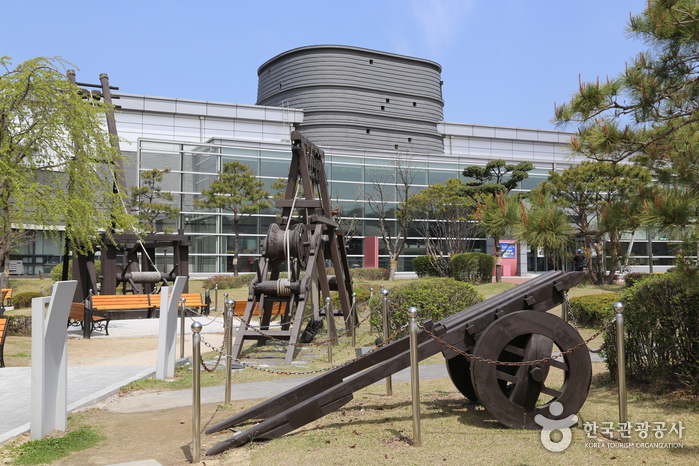
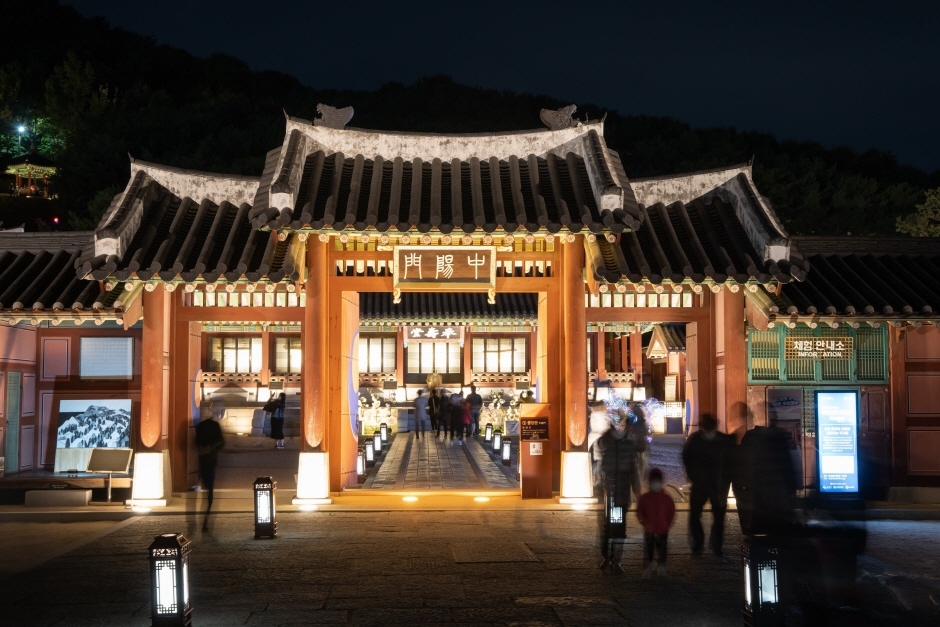
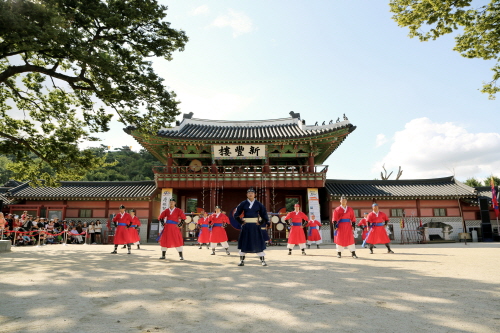
 English
English
 한국어
한국어 日本語
日本語 中文(简体)
中文(简体) Deutsch
Deutsch Français
Français Español
Español Русский
Русский